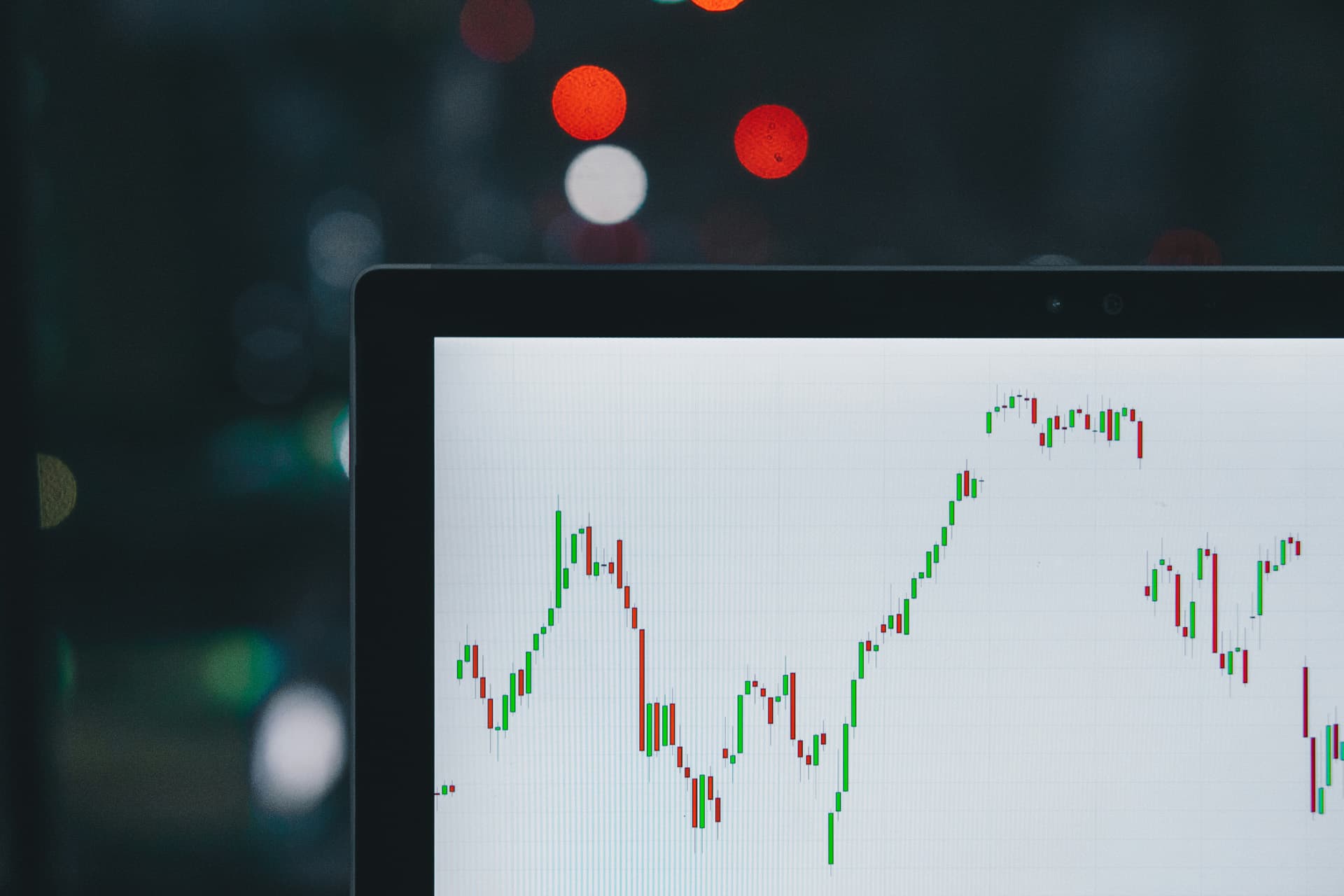Trump’s Tariff Shock: Why Are Bitcoin and Cryptocurrencies Plummeting?

The cryptocurrency market is known for its high volatility, and its prices are significantly influenced by global macroeconomic events. Recently, former U.S. President Donald Trump announced substantial tariff hikes on imports from Canada, Mexico, and China. This move has not only escalated global trade tensions but also heightened market risk aversion, leading to a sharp drop in cryptocurrency prices. This article explores how this event impacted the crypto market and delves into other common factors that trigger risk aversion and cryptocurrency sell-offs.
Overview
On February 1, Trump signed an executive order imposing significant tariff increases on imported goods from Canada, Mexico, and China. The new policy raises tariffs on Canadian and Mexican imports to 25% and imposes a 10% tariff hike on Chinese goods. The goal is to encourage domestic manufacturing, reduce reliance on foreign imports, and address the U.S. trade deficit. However, the market reacted sharply, fearing that this policy could ignite a new trade war.
Following the announcement, global markets experienced extreme volatility. The three major U.S. stock indices plummeted, while markets in Asia and Europe also suffered declines. Increased economic uncertainty led investors to pull back from riskier assets, which significantly impacted the cryptocurrency market. Within hours of the announcement, Bitcoin’s price dropped over 6%, falling below the $93,000 mark, while Ethereum and other major cryptocurrencies saw losses exceeding 20%. The overall crypto market capitalization shrank by approximately $200 billion.
Key Reasons for the Crypto Market Crash
- Escalating Trade War Risks – High tariffs could hinder global trade activity, slowing economic growth and prompting investors to reduce their exposure to risk assets.
- Inflation and Interest Rate Concerns – Higher tariffs could drive up goods prices, fueling inflation and potentially leading the Federal Reserve to maintain high interest rates, a scenario unfavorable for crypto assets.
- Capital Flowing to Safe-Haven Assets – During periods of economic uncertainty, investors typically shift toward traditional safe-haven assets like gold and the U.S. dollar, reducing demand for cryptocurrencies.
- Investor Sentiment and Fear – The uncertainty surrounding trade policies shakes investor confidence, leading to sell-offs in high-volatility assets like cryptocurrencies.
- Liquidity Issues in the Crypto Market – In extreme market conditions, crypto liquidity can dry up, exacerbating price swings and triggering further sell-offs.
Other Factors That Trigger Market Risk Aversion and Crypto Sell-offs
Aside from trade policy shifts, various events can lead to increased market risk aversion and significant cryptocurrency downturns, including:
- Geopolitical Conflicts – Events such as the Russia-Ukraine war, U.S.-China tensions, or potential conflicts in Taiwan can destabilize markets, driving investors toward traditional safe havens rather than crypto assets.
- Global Financial Market Turmoil – Large-scale sell-offs in equities, bonds, or forex markets can create liquidity crises, pressuring the crypto market as investors flee to safety.
- Regulatory Crackdowns – Actions by regulatory bodies such as the U.S. SEC targeting crypto exchanges or stricter government regulations on stablecoins can dampen market sentiment and trigger sell-offs.
- Tech Stock Declines – Since cryptocurrencies often correlate with tech stocks, a downturn in the tech sector could negatively impact investor confidence in crypto.
- Black Swan Events – Incidents such as major exchange collapses (e.g., FTX), DeFi protocol hacks, or large-scale fraud cases can severely shake market confidence.
- Central Bank Policy Shifts – Sudden changes in monetary policy, such as aggressive rate hikes or balance sheet reductions by the Federal Reserve, can prompt investors to reevaluate crypto holdings, leading to sell-offs.
- Miner Activity Impacting Supply and Demand – Bitcoin miners hold substantial reserves, and if they decide to offload large quantities of BTC due to unfavorable market conditions, it could amplify downward price pressure.
Conclusion
Trump’s tariff policy has once again fueled concerns over global economic uncertainty, leading to a significant downturn in the cryptocurrency market. This event underscores how crypto prices remain highly susceptible to macroeconomic developments, particularly during periods of heightened risk aversion when investors flock to traditional safe-haven assets like gold and the U.S. dollar rather than cryptocurrencies. Additionally, factors such as geopolitical tensions, regulatory crackdowns, and central bank policy shifts can all contribute to crypto market instability. Moving forward, investors should closely monitor these key variables and adjust their strategies accordingly to navigate the market’s extreme volatility.

